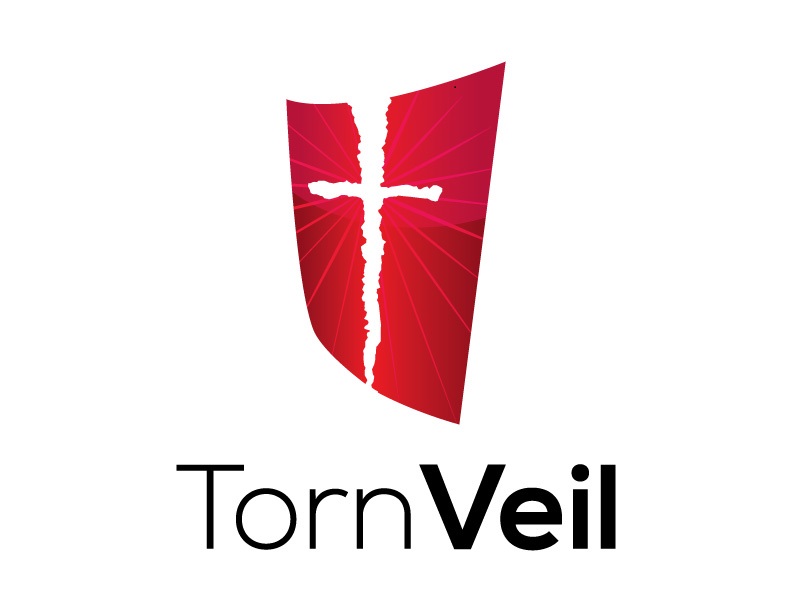As I move more in depth to describe and impart a greater degree of characterization to my writing. I am struggling with the show and don’t tell mantra. How to denote anger without saying my character was angry? How do I spice up the read?
I have remembered something from a training I used to do that I believe might help me and those that also have struggled. In a simple word: Para verbal communication. Well I suppose that’s two words, but hey it’s my blog.
Para verbal communication is spoken communication that consists of one’s voice tone, volume and rate or rhythm of one’s speech. And these elements can be visually described for a reader.
Tone of voice: There are 4 ways to convey the meaning to this sentence, “I didn’t say you were stupid.” How would you write it to capture each meaning? The meaning changes depending on which words you emphasize. Try it and see. Just by italicizing one word can change its whole meaning.
Volume: Someone who speaks so softly as to whisper is a different character than one who speaks so loud over a phone; patrons in line at a grocery store can hear the conversation.
Rate and rhythm of speech: Does the character sound panicked? Or does he or she speak in a dry monotone response when spoken too? Remember McCoy from Star Trek and Spock? Their dialogue was wonderful in part to the variances of how they communicated McCoy was passionate and emotional in contrast to Spock who was cool and logical. It’s easier to see the differences in characterization when they are offset against their opposites.
I don’t pretend to be an expert. But I am ever learning to become a great story teller. And using para verbal’s in writing dialogue and exposition of characters can go a long way to bring life into them.

I really appreciate what you post. You have a new subscriber now.
Thank you!